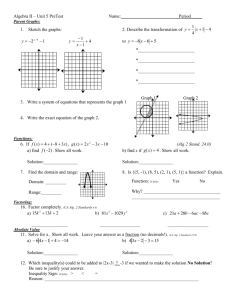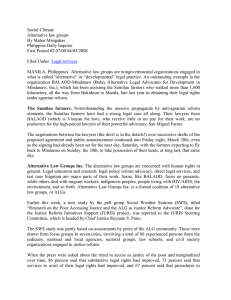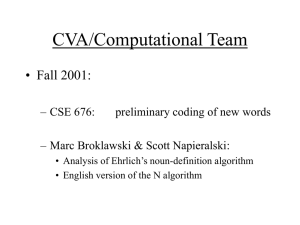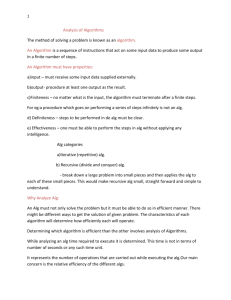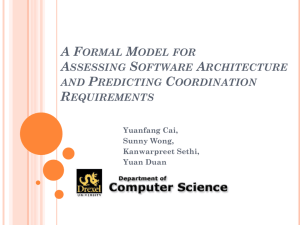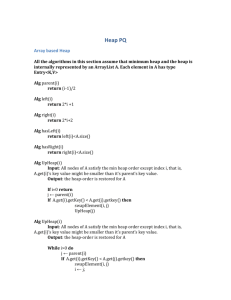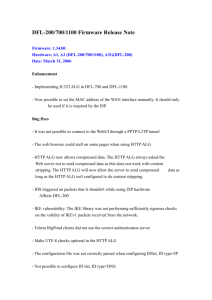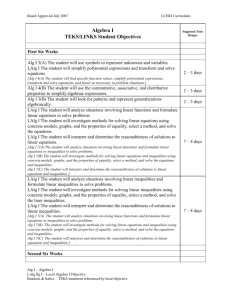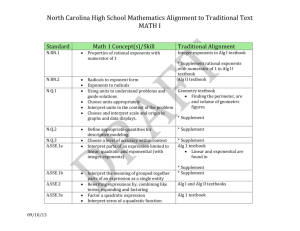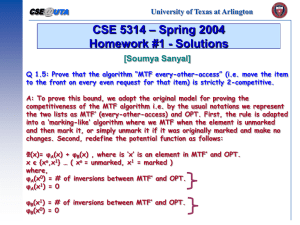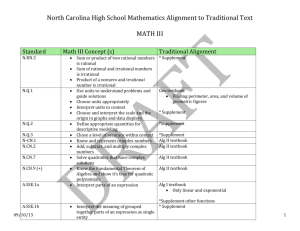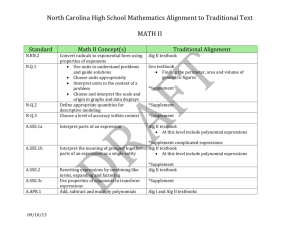Week Four – Research
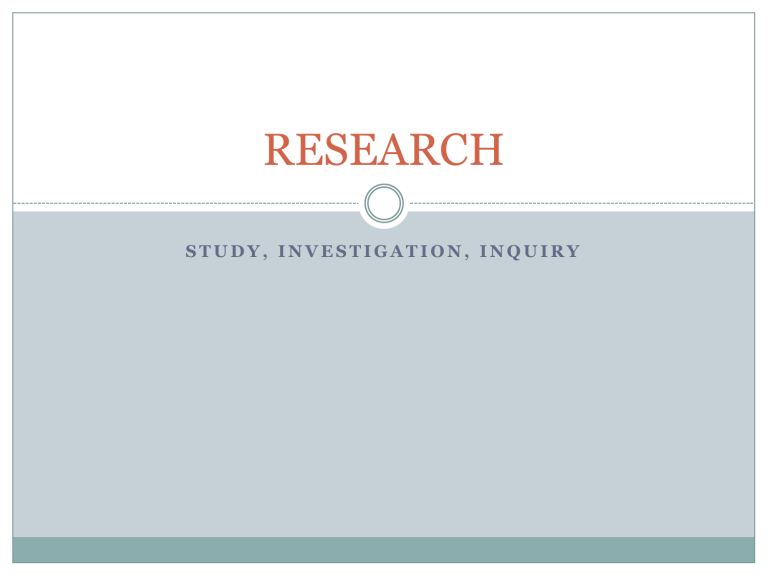
RESEARCH
S T U D Y , I N V E S T I G A T I O N , I N Q U I R Y
But first,…
Don’t be a lazy writer!
Oh and also, don’t send a cover letter that makes you the laughing stock of Wall Street
From The Awful Cover Letter All of Wall Street is Laughing About –
Gawker.com
“That semester I achieved a 3.93, and in the same time I managed to bench double my bodyweight and do 35 pull-ups.”
“I learned a year’s worth of Java from NYU in 27 days, on my own.”
“Please realize that I am not a braggart or conceited, I just want to outline my usefulness. Egos can be a huge liability, and I try not to have one.”
The first step in solving any public relations challenge: conduct research.
Research
Clients don’t just want to know what you think – they want to know what you KNOW.
Research in PR means analyzing your audiences, assessing alternatives, and doing your homework about what has worked for others.
Research is not complete until analysis & judgment have been applied.
Your First Step
Research does not negate the need for instincts, intuition, and gut feelings, but the two are better together.
Research should be applied at the initial stage – before planning – to help come up with these questions…
Outputs – What kind of coverage do we want/need?
Outtakes – Who is our target audience and how do we reach them specifically?
Outcomes – What do we want to do? Change audience behavior? Increase sales?
And again, during the evaluation stage to answer these questions…
Outputs – Did we get the coverage we needed?
Outtakes – Did our target audience see and/or believe our messages?
Outcomes – Did audience behavior or relationships change? Did sales increase?
Research should help you
How can we identify and define our constituent groups?
How does this knowledge inform our messages?
How does it relate to the design of our programs?
How does it influence the media we choose?
How does it relate to our timing?
The real challenge is not the research itself, it is knowing how to use the research – knowing when to do what, with whom and for what purpose.
Principles of PR Research/Evaluation
Establish clear program objectives and outcomes
Outline both outputs (shortterm/surface) and outcomes (farreaching/high-impact)
Measure media content
Use a combination of techniques
Remember an organization with clearly identified key messages/audiences/goals will make measurement easier
PR evaluation must be launched with research and linked to overall business goals, strategies and tactics.
WHY we research
Describe a process, situation or phenomenon
Explain why something is happening, what its causes are and what effect it will have
Predict what probably will happen if we do or don’t take action
Sidenote: STOP LOOKING SO BORED
HOW we research
Applied Research
Strategic Research – Used in program development
Evaluative Research – Used in program evaluation
Theoretical Research
Keep coming to class
Secondary Research
Google. Kind of not kidding.
METHODS of PR Research
Surveys
Communications Audits
Unobtrusive Measures
Interviews
Focus Groups
Sidenote: Figures Lie and Liars Figure
Who is more beautiful?
JENNIFER
GERTRUDE
Evaluation
You have to do your own PR and prove you are worth it. With some clients you spend more time on evaluation than on actual PR.
Reporting back to management
Setting measurable objectives
Securing management commitment
Determining best research methods
Selecting appropriate outcomes
Making it sound really good
Research and the Web
Group Activity! Yay!
Surprise! This is what you get for looking so freaking bored all the time!
CASE STUDY:
Alan Louis General Hospital
Situation
Alan Louis General was a good hospital but smaller and less well-known than the other 10 hospitals in its market. They needed a “position” to help attract new patients.
For years, ALG’s administrators had operated under the assumption that if they were a quality hospital, ultimately people would recognize and honor their hard work. But in the real world, perception matters more than truth.
They decided to conduct research and launch a communications audit in order to identify their differentiators and craft and sell a new, compelling message.
Interview Process
Talked to doctors and trustees about perceptions of
ALG and competing hospitals
They discovered, according to internal perceptions:
University Health Center had something for everyone – exotic care, specialized care, etc.
Laredo General was huge and well-respected with a nearperfect reputation.
Mercy Hospital was known for its trauma center.
ALG was a great place to work, provided excellent care, and had a particularly great nursing staff. But “no one knows about us.”
Attribute Testing
Reached out to community members to find out what was most important to them in terms of hospital care and how local hospitals ranked.
Questionnaires were sent to two groups: 1,000 local residents and 500 former ALG patients
Results Tabulation
Among area residents:
1.
Surgical care
2.
3.
4.
5.
6.
7.
8.
Medical equipment
Cardiac care
Emergency services
Range of medical services
Friendly nurses
Moderate costs
Location
ALG ranked at the very bottom of the list for nearly every attribute. In fact, on nursing care, which its own staff thought it excelled, ALG was dead last in the minds of local residents.
HOWEVER, among former ALG patients:
* ALG ranked 1 st in nursing care and convenient location
* ALG ranked 2 nd in surgical care, residents’ #1 concern, terms of costs, range of services and emergency care
Conclusions & Recommendations
1.
2.
3.
Laredo General was number one in terms of area hospitals.
ALG ranked at or near the top on most attributes according to those who actually experienced care there.
Former ALG patients rated the hospital significantly better than the general public.
The Challenge
Convince more people to try ALG
Give people a specific reason to think about trying
ALG
Clearly differentiate ALG
SO NOW WHAT?
THINK!
What kind of communications program would you launch to accomplish ALG’s objectives?
What would be the cornerstone – the theme – of your communications program?
What would be the specific elements of your program?
What specific steps would you take – inside and outside of the hospital – to build support?
